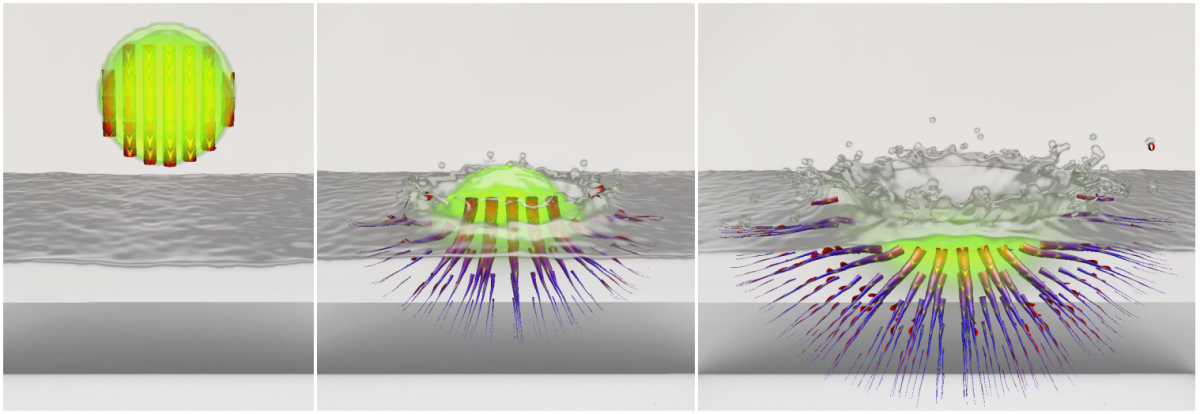The term visual computing comprises all computer science disciplines handling with images and 3D models, i.e. computer graphics, computer vision, image processing, visualization, virtual und augmented reality, and video processing. Further related fields are pattern recognition, human computer interaction and machine learning. Visual computing systems deal with one or more of the following aspect: Acquisition, processing and analysis of visual information, e.g. in form of images and videos, but also originating from medical image acquisition technologies, and rendering of visual information, e.g. the generation of images from visual or other data. Application areas include but are not restricted to quality control, medical image processing and visualization, autonomous robotics, multimedia systems, movie and television industries, and computer games.
Computer Vision
Computer vision is concerned with the automatic extraction, analysis and understanding of application related information from single images or videos. In the general sense, the term "image" comprises classical digital photographies but also areal, i.e. matrix-like data captured from real world scene, such as range or microscopic images. Computer vision involves the development of a theoretical and algorithmic basis to achieve automatic understanding of this kind of data. Sub-domains of computer vision include, but are not limited to scene reconstruction, event detection, camera tracking, object recognition, 3D pose estimation, (machine) learning, motion estimation, and image restoration.

Computer Graphics
In the closer sense of the meaning, computer graphics comprises methods for the generation of images from digital data, whereas the broader meaning of computer graphics also includes any kind of system, being interactive or not, that involves image generation as essential core component, such as special effects in film industry, virtual reality or medical visualization. The main components of any (or at least the most) computer graphics systems are the generation and manipulation of 3D models of complex objects and scenes (modeling), the creation of geometric representations from abstract data fields (visualization), the simulation of visual natural phenomena including physically based illumination effects, and efficient algorithms for image generation (rendering).







